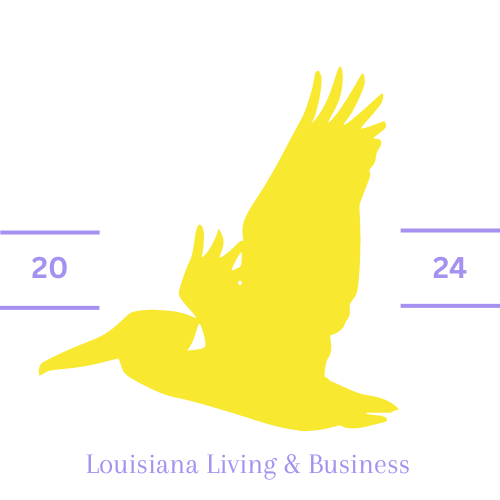What Homeowners Need to Know
Published by Louisiana Living and Business
Louisiana is no stranger to water. From the Mississippi River to the Gulf of Mexico and the countless bayous in between, our state is shaped by water—and with that comes the risk of flooding. One of the most important things homeowners, renters, and investors can understand is flood zones and how they affect property, insurance, and safety.
In this guide, we’ll break down what flood zones are, how they’re determined, and what it means for you if you live in Louisiana.
What Are Flood Zones?
Flood zones are geographic areas defined by the Federal Emergency Management Agency (FEMA) to indicate the likelihood of flooding in a specific area. These zones are part of the Flood Insurance Rate Map (FIRM) and are used to determine flood insurance requirements and rates.
There are two main types of flood zones:
-
Special Flood Hazard Areas (SFHAs): High-risk areas where there’s at least a 1% annual chance of flooding. These are often referred to as "100-year flood zones."
-
Non-Special Flood Hazard Areas (NSFHAs): Moderate- to low-risk areas where the chance of flooding is less than 1% annually.
Common Flood Zones in Louisiana
Here’s a quick breakdown of what some of the most common flood zone codes mean:
-
Zone AE: High-risk flood zone with known base flood elevation (BFE). Requires flood insurance if you have a federally backed mortgage.
-
Zone A: High-risk, but no base flood elevation determined. Insurance is still mandatory.
-
Zone VE: High-risk coastal zone with additional hazards from storm waves. Common near the Gulf.
-
Zone X (shaded): Moderate flood risk, often areas between the 100-year and 500-year flood zones.
-
Zone X (unshaded): Minimal flood risk.
Why Flood Zones Matter in Louisiana
Louisiana is particularly vulnerable to flooding due to its low elevation, flat terrain, and proximity to large bodies of water. Cities like New Orleans, Baton Rouge, and Lake Charles have extensive flood mapping due to past storm events like Hurricane Katrina and the 2016 floods in the Baton Rouge area.
Knowing your flood zone helps you:
-
Understand risk: Even areas outside of high-risk zones have seen flooding during major storms.
-
Plan ahead: Make informed decisions about buying, building, or renovating property.
-
Secure proper insurance: Flood insurance is required in many high-risk areas and strongly recommended even in moderate-risk ones.
How to Find Your Flood Zone
You can easily check your flood zone by using FEMA’s online map tool:
https://msc.fema.gov
You can also check with your local parish or real estate professional for the most accurate and updated flood zone information.
Do I Need Flood Insurance?
If your home is in a high-risk zone (AE, A, or VE) and you have a mortgage from a federally regulated or insured lender, flood insurance is mandatory. But here’s what many don’t realize:
Over 25% of flood claims come from properties outside high-risk zones.
Even if you're not in a designated flood zone, having flood insurance is a smart way to protect one of your most prized possessions—your home. Water damage can happen anywhere, and the peace of mind that comes from being prepared is invaluable.
Stay Prepared
Flood zones are more than just lines on a map—they represent real risk and responsibility. Whether you're buying your first home, investing in property, or just want to protect your assets, understanding Louisiana flood zones is a must.
For those living in Livingston Parish, Ascension, or East Baton Rouge, recent years have proven that preparation is key. Stay informed, talk to your local experts, and protect what matters most with the right coverage—even if you're outside the lines.

